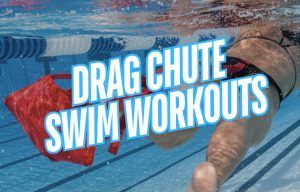
3 Swim Workouts with Drag Chutes
3 Swim Workouts with Drag Chutes
Looking for swim workouts with a drag chute to bolster swim speed and hone technique? You’ve come to the right place. Let’s “chute” for improvement and faster swimming.

Dive into the deep end of speed and endurance with seven types of interval training workouts for swimmers. Beginner or Olympian, these interval swim workouts will unlock faster swimming.
Interval training for swimmers is a strategy that involves alternating shorter bursts of intense effort with periods of either rest or active rest.
Interval training is my favorite type of swim workout for many reasons.
While there are things I enjoy about long, unbroken swimming, interval training in the water cranks up the speed, encourages better technique, and provides similar if not superior, cardiovascular gains compared to steady-state training.
But interval training can take a TON of different shapes.
Below is a collection of different types of interval training to try within your swim workouts, including some sample sets and practices to get you going.
Let’s dive in and get our intervals on!
The most common types of interval training swim workouts include:
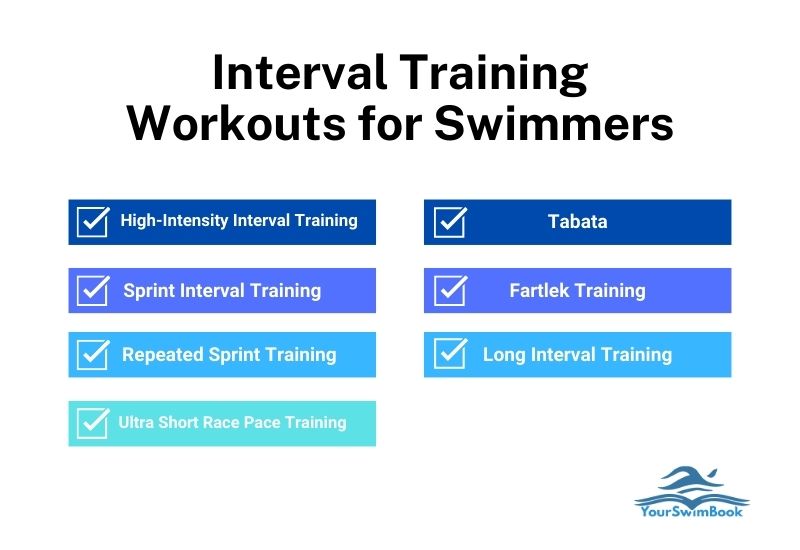
The features of each type of interval training are listed below.
We also include sample sets for each type of interval training swim workout to help you get started with this type of training at the pool.
High-intensity interval training in the pool is one of the best ways to get a killer swim workout. HIIT has been shown to improve VO2max, resting metabolic rate, and aerobic capacity (Atakan et al., 2021)
Thum et al., 2017, also found that high-intensity interval training was significantly more enjoyable for test subjects compared to continuous training.
In that paper, titled “High-Intensity Interval Training Elicits Higher Enjoyment than Moderate Intensity Continuous Exercise,” participants did eight rounds of HIIT on the bike (60 seconds of 85% effort followed by 60 active recovery) or 20 minutes of continuous cycling.
The HIIT group overwhelmingly reported greater enjoyment.
Designing a HIIT set for swimmers is straightforward.
Balance :30-:60 of work with a corresponding amount of active or total rest.
As you can see, there are a TON of different ways to incorporate HIIT into your swim workouts.
Just remember that for a workout to be HIIT, aim for the fast swimming part of the set to be 85-90% effort.
Not quite all-out effort, but close!
Save these HIIT swim workouts with the handy image below by saving it to Pinterest or saving the image:
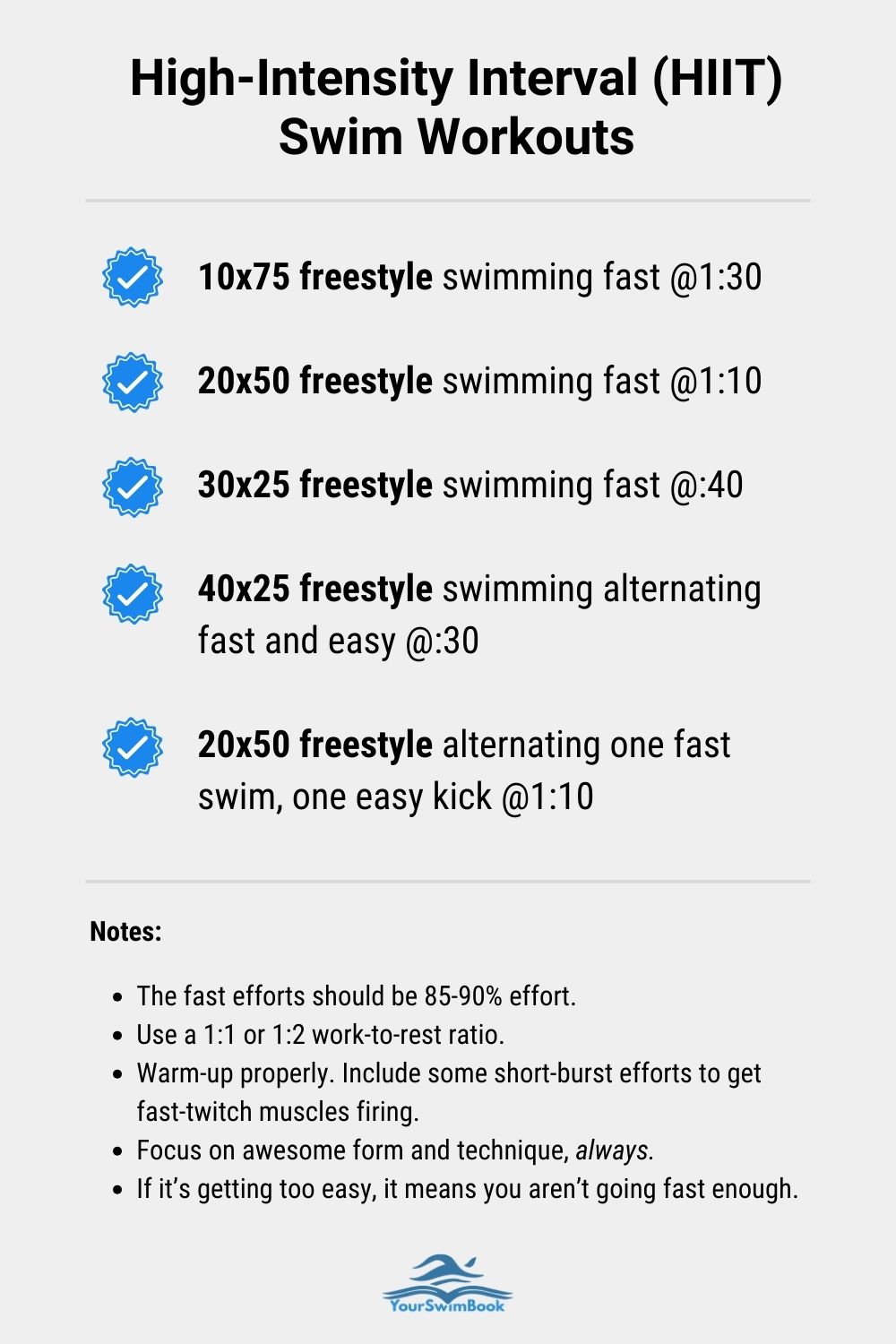
Sprint interval training (or its rather humorous acronym, SIT) is a more intense form of interval training that cranks up the effort to the maximum, reduces the output time, and increases the rest.
The effort portion of the intervals should be no longer than 30 seconds in duration, and recovery periods should be long, in the neighborhood of 4 minutes, with either active or total rest.
See also: 8 Best Swimming Workouts for Speed
Here’s what that would look like in the pool:
For a swim set to count as SIT, you should be hitting 100% maximal power, 85% max sprint speed or higher, or 170% VO2 max (Gillen & Gibala, 2014).
While this type of interval training is short on total yardage, it’s ALL-OUT in terms of effort, so make sure to warm up thoroughly.
Repeated sprint training (RST) is another type of interval training with a robust list of benefits for swimmers.
A meta-analysis that reviewed the benefits of RST published in the Journal of Sports Medicine (Taylor et al., 2015) showed that repeated-sprint training significantly improved speed, power, repeated sprint-ability, and even endurance.
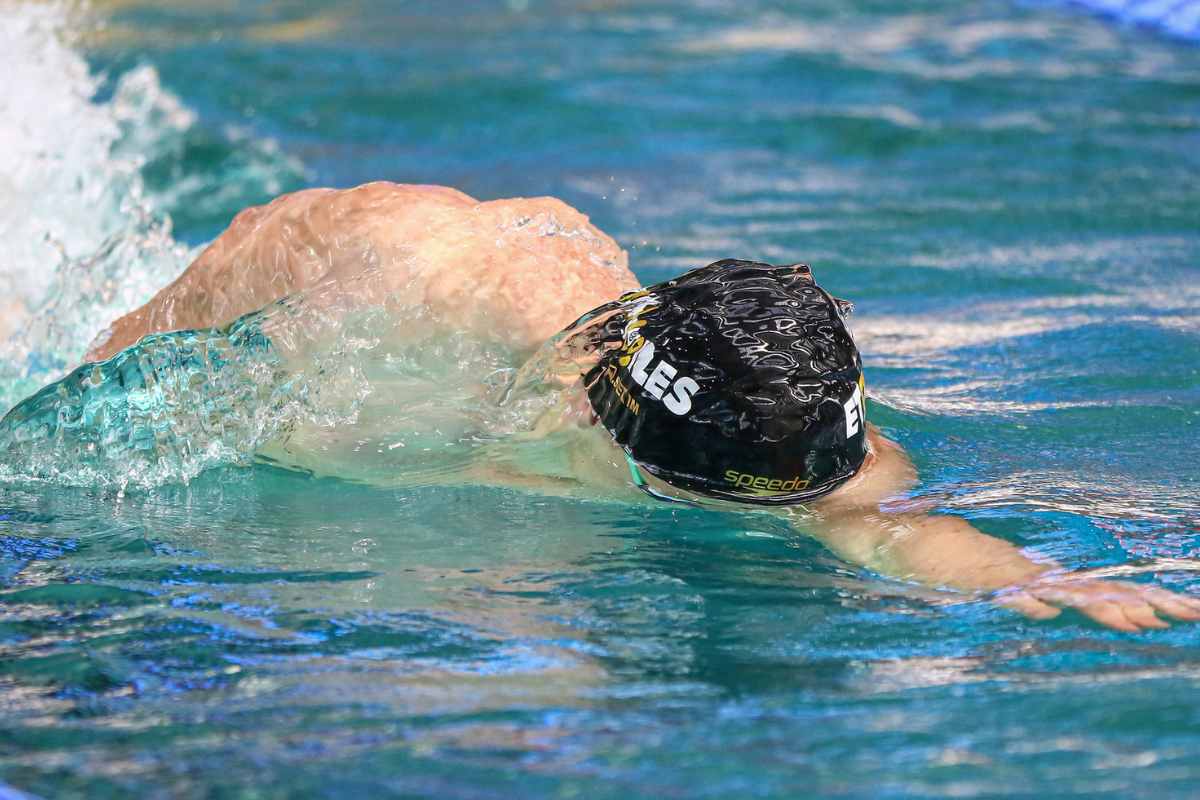
Repeated sprint training alternates 10 seconds (or slightly less) of all-out swimming with relatively short rest periods of approximately 60 seconds. Compared to Sprint Interval Training, RST has a lot more reps.
The rest period is less than other types of all-out interval training strategies, which means there is inevitably going to be some performance decline within each round.
For swimmers who cannot swim the length of a pool all-out in 10s or less (so, 99% of us), swim fast for 10s of the length, whether that means 15m or 20m or 21m and then coast into the wall.
I’d also suggest configuring the sprints to be 10s of swimming, not including push-offs.
See also: Try This Advanced HIIT Swim Workout for Power and Speed in the Pool
Here are some example RST sets you can do in the pool:
This type of training is excellent for building speed endurance in the water.
Do your best on those final reps of each set to keep your technique together.
Ultra-short race pace training is a type of swim set that has exploded into the swimming consciousness in recent years.
A derivative of HIIT, and popularized by Olympic gold medalist Michael Andrew, USRPT consists of doing a ton of repetitions at race pace on short rest. Hence, the name.
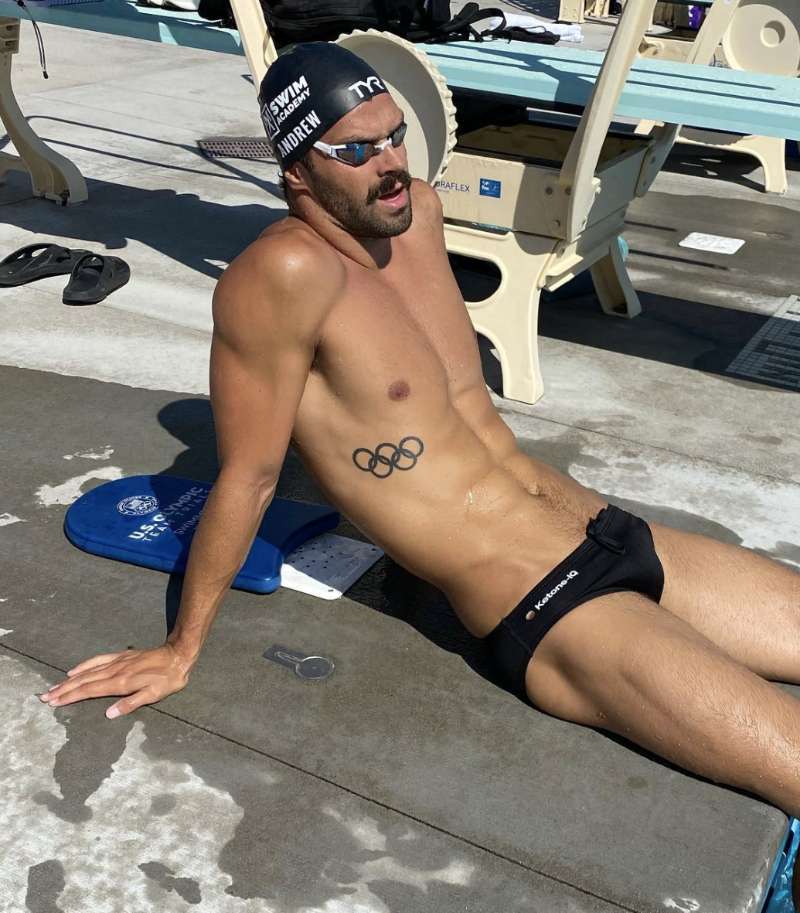
The primary goal of USRPT is to train a ton of meters or yards at race pace, whether it’s 25s, 50s, or even 100s.
USRPT gives enough rest between repetitions to maintain race-worthy technique and the maximum intensity requires full engagement and focus.
(Like many topics in the swimming world, such as “is it a length or a lap?”, USRPT always elicits a hot debate. We’ll cover the full list of pros and cons of this training methodology in a future article.)
USRPT is a very strict form of interval training for swimmers because it requires that you hit your target pace.
If you miss pace on one rep, you sit out for a repetition. If you miss pace on two consecutive reps, or you miss three times total, the set is over.
The goal, in a sense, isn’t fully completing the set perfectly. If you can complete 30×25 at race pace and on short rest, the race pace should be quickened to encourage further adaptation.
Here are some example USRPT sets:
This type of swim training is brutal.
Michael Andrew, the fella who, along with his coach and father, Peter, brought this form of training to the swimming masses, does this training exhaustively.
At the American Olympic preparation camp, Andrew was doing workouts where he’d swim 60×50 race-pace [20 butterfly, 20 breaststroke, 20 medley or freestyle].
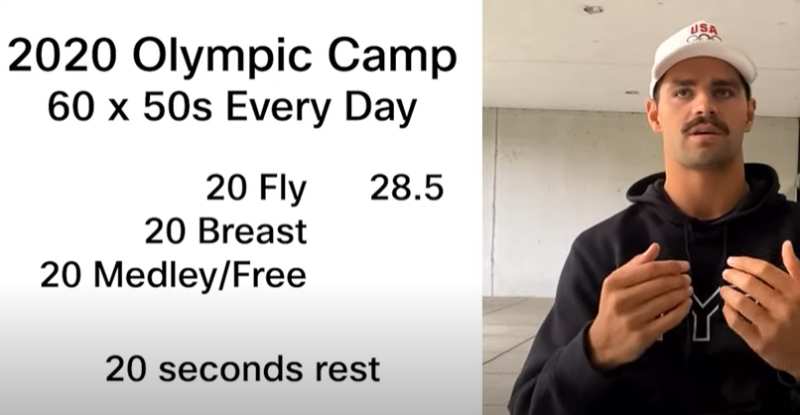
Ouchie.
This type of interval training requires you to keep a close eye on the clock and a lot of mental toughness.
Tabata is a form of interval training that looks too good to be true.
The protocol is just four minutes long, with eight efforts of :20 seconds of work alternating with :10 of rest.
But when done properly, Tabata training is brutal.
Pioneered by Izumi Tabata, the Tabata training protocol can improve VO2 max with just four sessions per week, with four minutes of work per workout.
The original paper on Tabata, published in the Journal of Medicine and Science in Sports and Exercise in 1996 showed that this training protocol improved VO2max by a whopping 15% over just eight weeks of training.
I like that!
Here’s how to do Tabata training in the swimming pool:
Configuring how to 20s of work may be challenging for swimmers who can easily cross the pool in less than 20s when going fast.
Some ideas to get the full 20s of all-out effort include:
But again, the key to this type of training is total effort.
The original paper showed that participants generated 170% of VO2max while working out, so drop the hammer when doing this type of training in the pool.
And as always, warm-up and warm-down thoroughly before unleashing all-out swimming in the pool.
Fartlek training is one of my favorite ways to spice up aerobic training in the pool and is a great interval option for endurance-minded swimmers.
Fartlek, besides being fun to say out loud, is a Swedish word for “speed play.”
Fartlek is a type of interval training where you do long stretches of swimming with random bursts of speed.
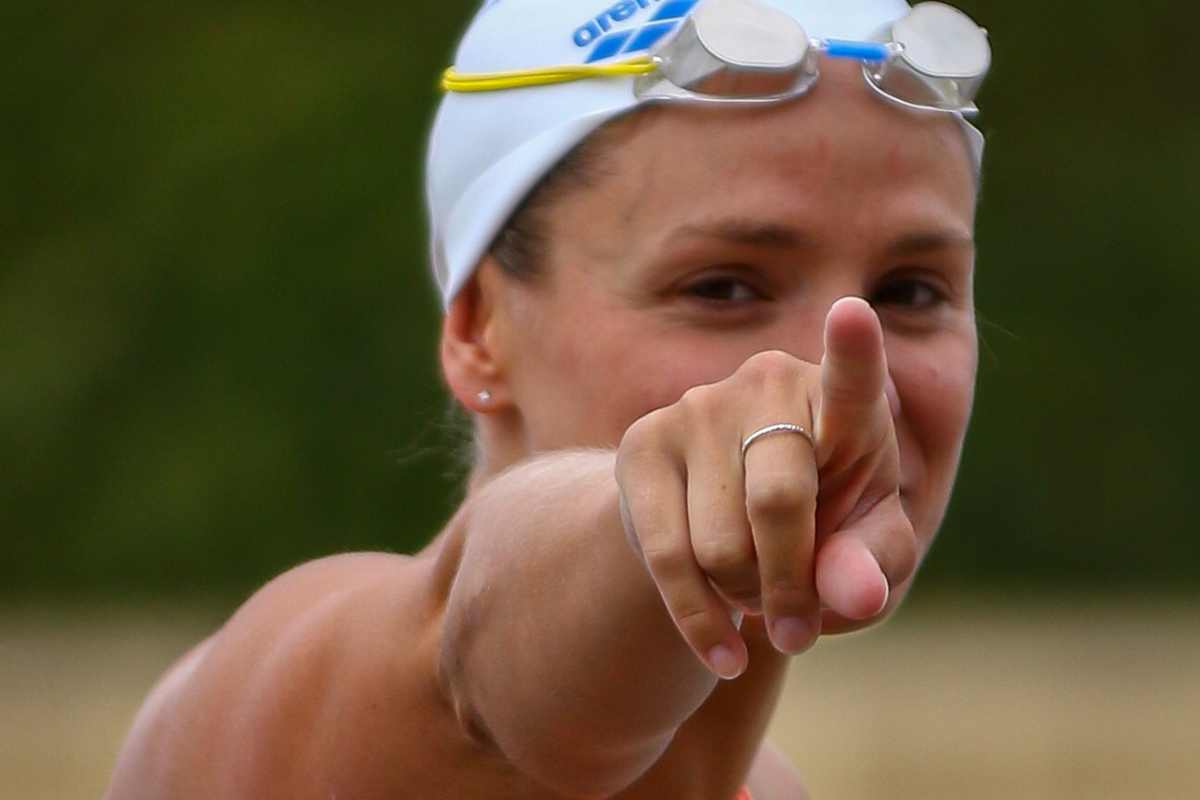
Research published in the European Journal of Applied Physiology showed that Fartlek training helped swimmers to significantly increase breathing capacity.
I love Fartlek training as it teaches you how to change gears in the pool, is mentally engaging, and it is low-pressure speed work.
Plus, it’s just more fun compared to steady-state swimming!
Here are a couple of ways that swimmers can introduce Fartlek training to their swim workouts:
For swim coaches, a fun way to keep your swimmers on their toes is to issue a 20-minute freestyle swim.
Every minute or so blow the whistle to signal “FAST” and wait around 25-30 seconds before signaling a return to cruise speed.
Swimmers will be all over the pool, at different parts of the lap, and so they will have multiple opportunities to work different parts of the swim (turns, finish, breakouts, mid-lap swimming, and so on).
Long interval training involves longer, more sustained efforts and is a good option for cranking up quality yardage and building endurance for swimmers.
Long intervals are also a swim workout-splitting strategy that can improve workout performance, including increased overall velocity and better technique.
With long intervals, repetitions last several minutes and have less velocity than the supramaximal interval swim training described earlier.
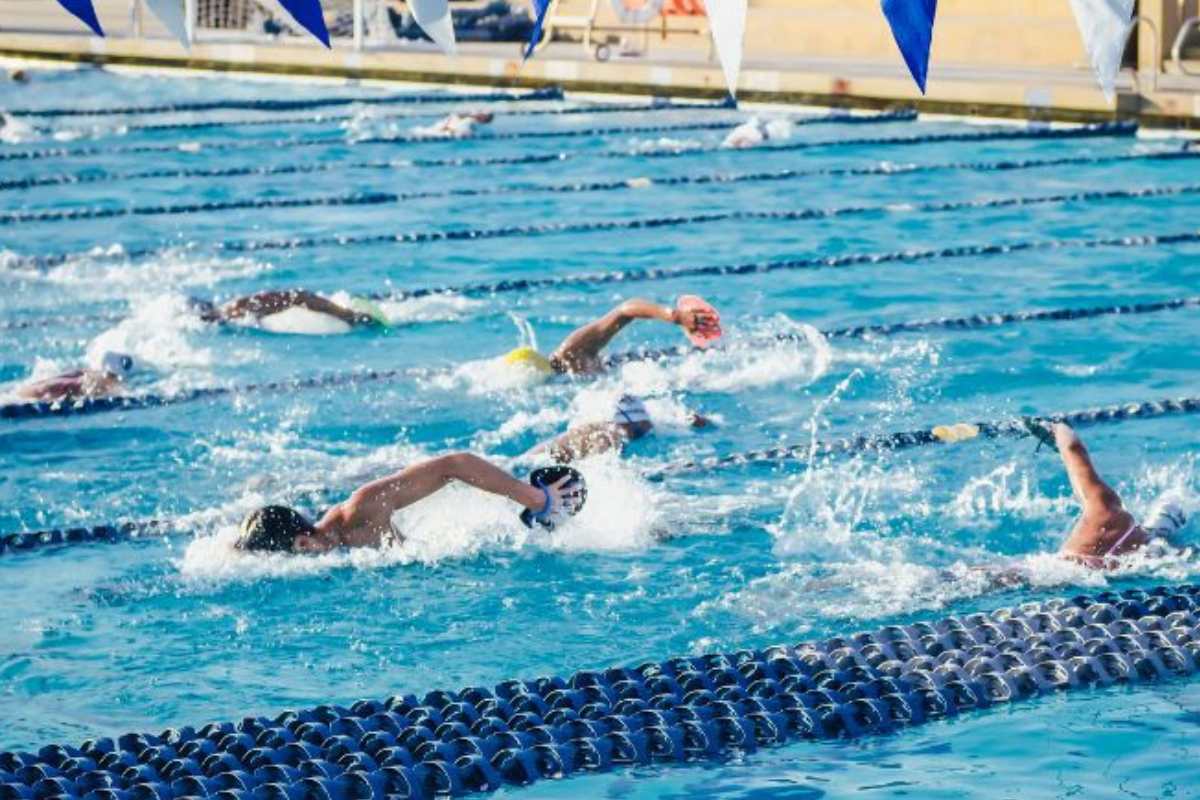
One study, published in the Journal of Sports Medicine International, took a group of healthy runners and tested them on a non-motorized treadmill to compare long-interval training with Tabata.
The long interval training (4×4 minutes of 90-95% effort with several minutes of rest between reps) and the Tabata protocol produced identical outcomes in VO2max, heart rate, and lactate concentration.
The advantage of long interval training is that it’s done with less intensity, so it could be hypothesized that it’s a better-suited interval training protocol for swimmers who don’t enjoy all-out and supramaximal efforts.
Where long intervals really shine, however, is when we compare it to long, unbroken swimming. Long intervals in this scenario (1000m swimming straight vs 2x500m swimming) produce higher lactate concentrations and increase post-exercise oxygen consumption.
One study published in the Canadian Journal of Applied Physiology broke up 30-minute cycling workouts into 2x15m sets. Excess postexercise oxygen consumption (EPOC) was significantly higher in the long interval group (5.3 L vs 7.4 L)
There is also an argument to be made that because long intervals cover more yardage compared to other types of interval training, there are more opportunities for swimmers to learn how to maintain stroke technique under stress.
Anyway, here is what a long interval training swim workout would look like:
Long intervals are an excellent alternative to long stretches of swimming as you will swim faster, swim with better technique, and, frankly, get less bored.
Interval training is a mode of training that balances near, maximal, or supra-maximal efforts of varying length with rest, either total or active.
According to a meta-analysis published in the International Journal of Environmental Research and Public Health, interval training is characterized by short burst, intense efforts that are:
These efforts are then balanced with complete rest (hanging on the lane rope, for instance) or active rest (slow swimming).
Ultimately, adding interval training swim workouts to your training regimen can be a total game-changer for swimmers looking to avoid training boredom, increase endurance, and get faster in the water.
These interval training templates provide a diverse range of options that will cater to every level of swimmer, from beginners just looking to get their feet wet with lap swimming to Olympic-minded athletes knocking on the door of the podium in international swimming.
So dive in, give these swim workouts a rip, and take your swimming to new heights and speeds!
6 Freestyle Swim Sets and Workouts. Get your freestyle on with this collection of freestyle swim workouts and sets.
5 Best One-Hour Swim Workouts (for Every Kind of Workout). Short on time? No worries–here are some excellent one-hour swim practices for every kind of swimmer and goal.

Olivier Poirier-Leroy Olivier Poirier-Leroy is the founder of YourSwimLog.com. He is an author, former national level swimmer, two-time Olympic Trials qualifier, and swim coach.
✅ Free shipping on Orders over $49
✅ Price Match Guarantee
✅ Best selection of gear for training and competition
✅ Fast and Easy Returns

“This is the best book I have ever seen concerning mental training.” — Ray Benecki, Head Coach, The FISH Swim Team


3 Swim Workouts with Drag Chutes
Looking for swim workouts with a drag chute to bolster swim speed and hone technique? You’ve come to the right place. Let’s “chute” for improvement and faster swimming.
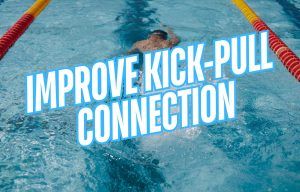
Struggling to coordinate a fast kick with your stroke? Here’s a swim workout designed to improve the connection between the arms and legs in freestyle.
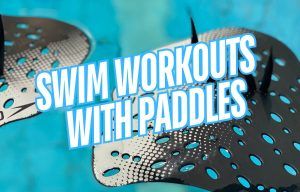
Looking for some ideas for training with paddles? Here are three swim workouts with paddles for faster, more efficient swimming.
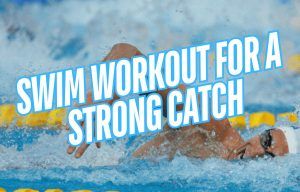
Ready to power up your freestyle catch? Here’s a detailed swim workout to try that will help you develop a stronger catch.
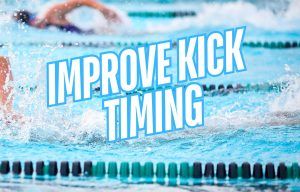
Struggling with maintaining a steady kick when swimming freestyle? Try this swim workout that improves the timing between the kick and pull.
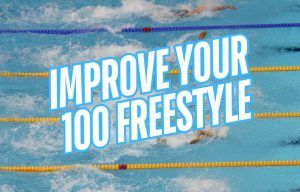
Ready to take your 100 freestyle to new heights? Here is a monster race pace set to give you the confidence to drop a nasty 100 free in competition.
SITE
SHOP
GUIDES

LANE 6 PUBLISHING LLC © 2012-2025
Join 33,000+ swimmers and swim coaches learning what it takes to swim faster.
Technique tips, training research, mental training skills, and lessons and advice from the best swimmers and coaches on the planet.
No Spam, Ever. Unsubscribe anytime.
